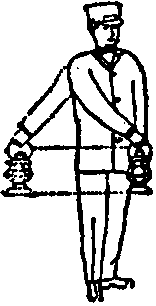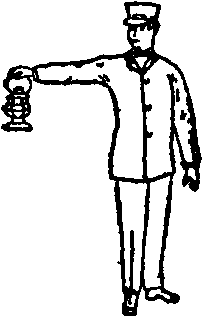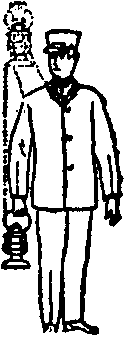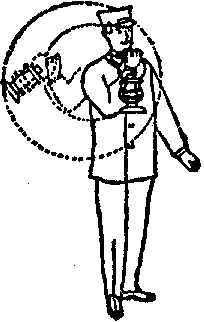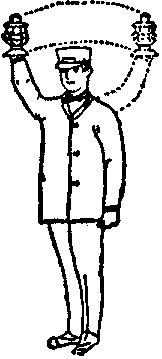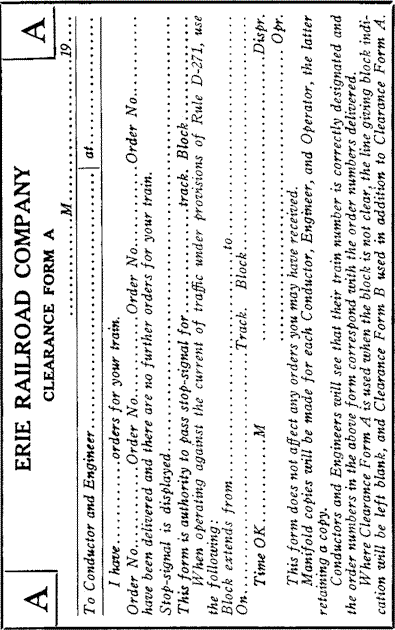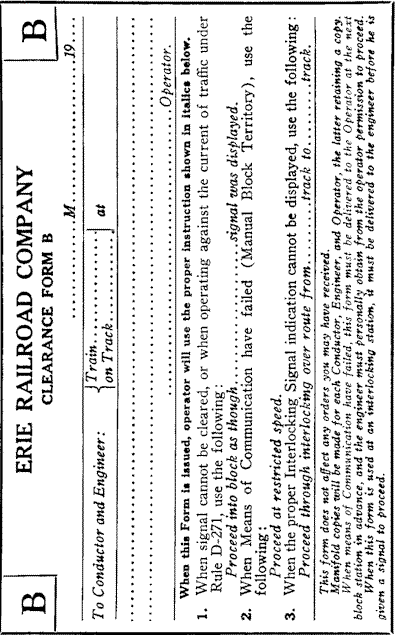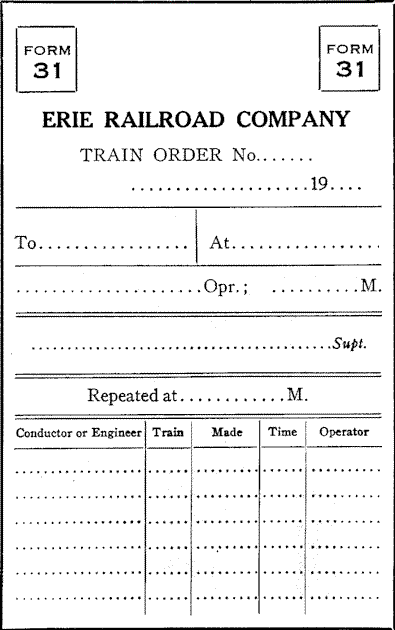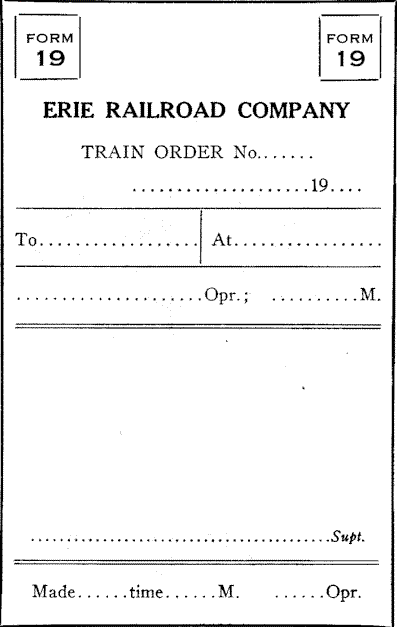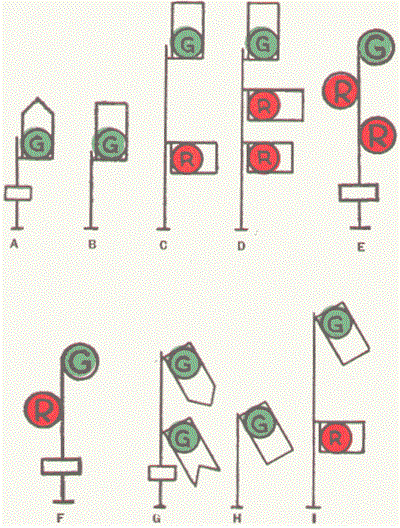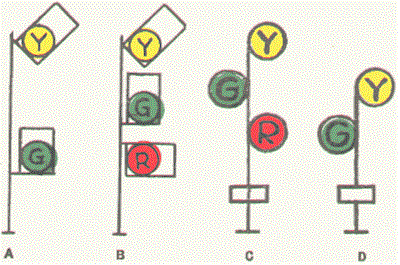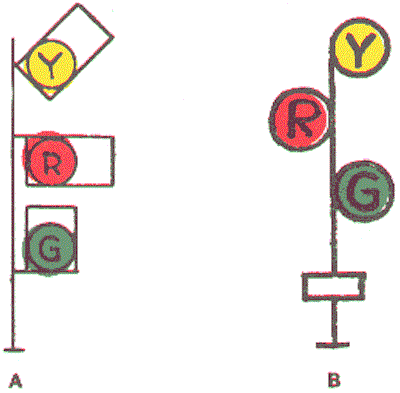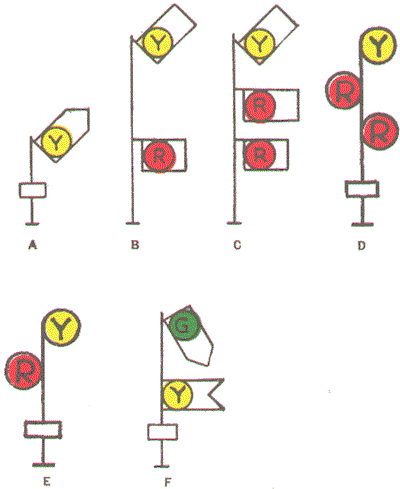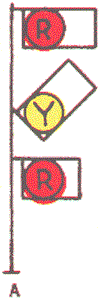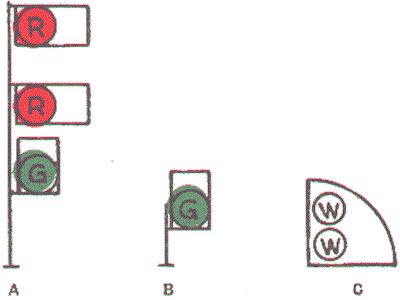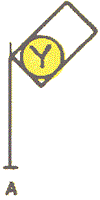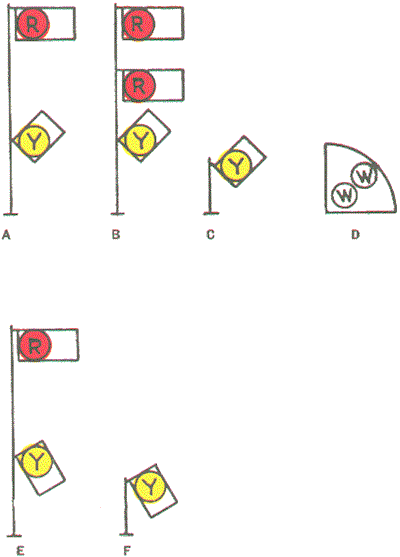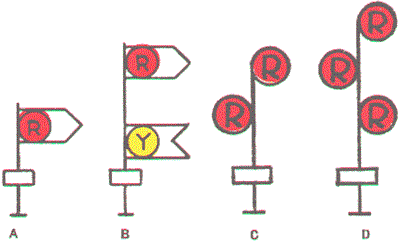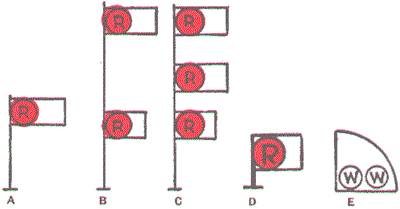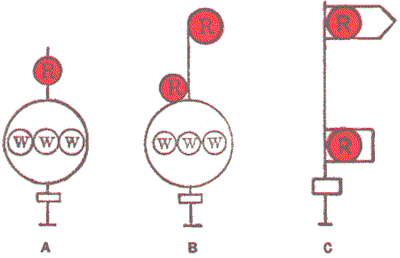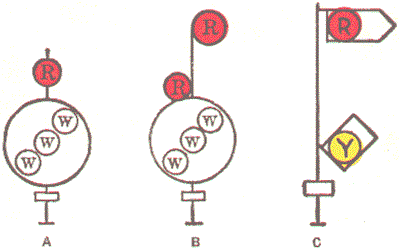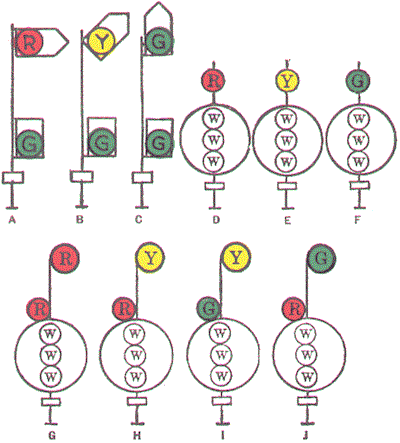|
of any employe that any work or improvement is proposed by any county, township, municipal or other authority, which in any way affects the railroad’s interests, information upon the subject, together with notice, if any, must at once be sent to the Superintendent, or when any notice is served upon any employe, or it shall come to his knowledge that any tax or assessment has been or is to be made against the railroad or any of its property, he must at once send full information in reference to same to the Superintendent and such other officials as required.
V. Whenever passengers or employes are injured, everything possible must be done for their proper care. If prudent take them to the nearest place at which the Company has a surgeon for treatment, or, if they cannot be moved, call the nearest Company’s surgeon. If the case is urgent, the nearest competent surgeon obtainable must be called to administer first aid and care until the Company’s surgeon can take charge of the case. When a number of persons are injured, the services of competent surgeons in the vicinity must be secured at once, but no surgical operation is to be performed until the arrival of the Company’s surgeon, unless required for the immediate safety of the patient.
V-1. Whenever a serious accident happens to a train, conductors, after making provision for safety of trains, must give their whole attention to the care and comfort of passengers, especially those who are injured.
Bedding and linen may be taken from sleeping cars for this purpose and, when necessary, injured persons may be put in sleeping cars.
|
|
|
V-2. When persons (other than employes or passengers), by reason of climbing on, or jumping or falling from moving trains, or persons walking or lying on the tracks, are injured, they must be sent to their homes or placed in charge of the county, city or village authorities, and no expense incurred on the part of the Company in the matter.
V-3. A report of all accidents must be made by conductor, agent or employe in charge. Where personal injuries are involved, report should give names, home and business addresses, and extent of injuries. This report must be transmitted to the Superintendent immediately, and as soon as possible thereafter, a full detailed report made on the prescribed forms and forwarded to the Superintendent.
V-4. Every effort must be made to procure the names, home and business addresses of all persons who may have any knowledge of the accident, and reported on prescribed forms.
V-5. When an accident occurs on an engine, or is caused by an engine striking any person or conveyance, or when cars are being coupled or uncoupled, a full report must be made on the prescribed form by the engineman as well as by the conductor or the person in charge of the train.
V-6. When persons are injured on or between engines or cars, a report must be made giving initials and numbers of same, whether cars were loaded or empty, shipping point and destination. When practicable, at least three members of the train or yard crew must examine same imme-
|
|
